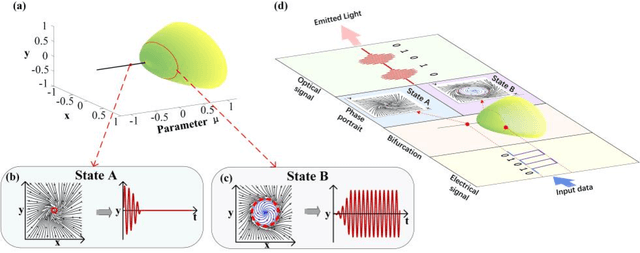A. M. J. Koonen
Dimensionality Reduced Antenna Array for Beamforming/steering
Oct 28, 2022



Abstract:Beamforming makes possible a focused communication method. It is extensively employed in many disciplines involving electromagnetic waves, including arrayed ultrasonic, optical, and high-speed wireless communication. Conventional beam steering often requires the addition of separate active amplitude phase control units after each radiating element. The high power consumption and complexity of large-scale phased arrays can be overcome by reducing the number of active controllers, pushing beamforming into satellite communications and deep space exploration. Here, we suggest a brand-new design for a phased array antenna with a dimension reduced cascaded angle offset (DRCAO-PAA). Furthermore, the suggested DRCAO-PAA was compressed by using the concept of singular value deposition. To pave the way for practical application the particle swarm optimization algorithm and deep neural network Transformer were adopted. Based on this theoretical framework, an experimental board was built to verify the theory. Finally, the 16/8/4 -array beam steering was demonstrated by using 4/3/2 active controllers, respectively.
Reciprocal phase transition-enabled electro-optic modulation
Mar 28, 2022



Abstract:Electro-optic (EO) modulation is a well-known and essential topic in the field of communications and sensing. Its ultrahigh efficiency is unprecedentedly desired in the current green and data era. However, dramatically increasing the modulation efficiency is difficult due to the monotonic mapping relationship between the electrical signal and modulated optical signal. Here, a new mechanism termed phase-transition EO modulation is revealed from the reciprocal transition between two distinct phase planes arising from the bifurcation. Remarkably, a monolithically integrated mode-locked laser (MLL) is implemented as a prototype. A 24.8-GHz radio-frequency signal is generated and modulated, achieving a modulation energy efficiency of 3.06 fJ/bit improved by about four orders of magnitude and a contrast ratio exceeding 50 dB. Thus, MLL-based phase-transition EO modulation is characterised by ultrahigh modulation efficiency and ultrahigh contrast ratio, as experimentally proved in radio-over-fibre and underwater acoustic-sensing systems. This phase-transition EO modulation opens a new avenue for green communication and ubiquitous connections.
 Add to Chrome
Add to Chrome Add to Firefox
Add to Firefox Add to Edge
Add to Edge